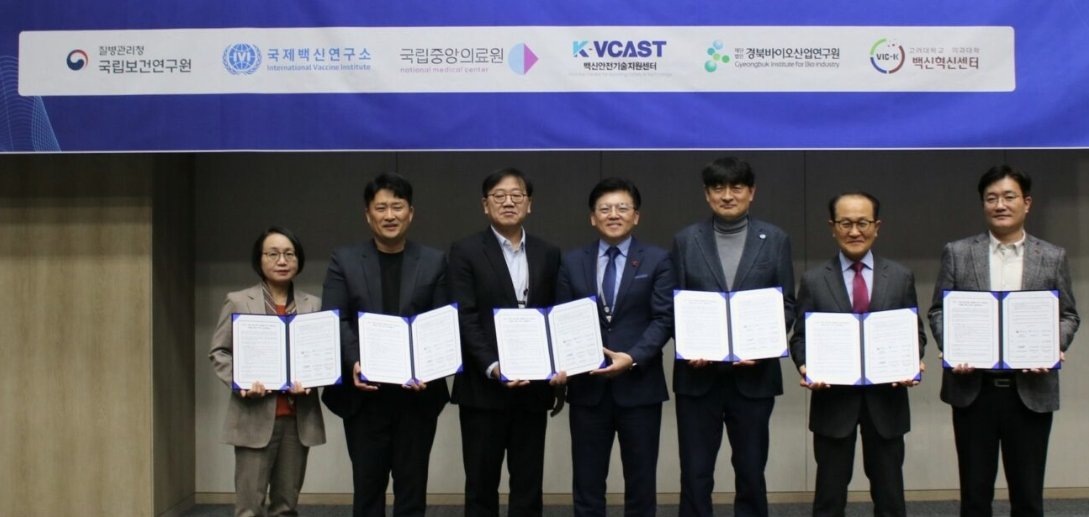
What is being done to tackle AMR within APAC?
In 2015, the Sixty-seventh World Health Assembly endorsed The Global Action Plan for containment of AMR, which called for participating countries to develop their own AMR National Action Plan (NAP). To date, between 73 and 100 per cent of APAC countries have created, and made available, their NAP. There is still a lot of work that needs to be done. An overprescription of antibiotics in humans fuels the AMR cycle and creates more superbugs. Therefore there is a need to raise more awareness of AMR within the communities. The elephant in the room is the use of antibiotics in livestock, which can cover 70 per cent of all antibiotics usage in the world. We need nonantibiotic approaches to alleviate this situation.
In your opinion, which APAC countries have shown significant progress in addressing AMR? What specific measures or interventions have contributed to their success?
Let's look at a few countries and their attempts to combat AMR.
Australia has been actively involved in understanding and prioritising the fight against AMR through its National Antimicrobial Resistance Strategy Groups such as MTPConnect’s Australian Antimicrobial Resistance Network (AAMRNet), The Commonwealth Scientific and Industrial Research Organisation (CSIRO) and more are actively working to encourage collaboration, surveillance programmes, stewardship activities and public awareness campaigns. Small companies, such as Lixa, are identifying nonantibiotic solutions to reverse resistance to traditional antibiotics.
Japan’s approach to AMR includes surveillance, research, and the promotion of appropriate use of antibiotics. The country has implemented strict regulations on antibiotic use, and there are ongoing efforts to improve surveillance systems and promote responsible antibiotic prescribing. In 2017, the European Medicines Agency (EMA), the U.S. Food and Drug Administration (FDA), and the Japanese Pharmaceutical and Medical Device Agency (PMDA) agreed on common regulatory approaches and clinical trial design for antibiotics. The tripartite agreement aims to align on requirements for the clinical development of antibiotics and reduce the time between the launches of antibiotics in different countries. In this way, harmonized clinical trial designs were developed for drugs for indications such as urinary tract infections and gonorrhea. A great example of a pharmaceutical company dedicated to solving AMR is Shionogi, by developing new antimicrobial solutions while also establishing protocols to minimise antibiotic pollution in waste.
South Korea has a comprehensive NAP, a nationwide surveillance system, strengthened antibiotic stewardship programmes, and implemented detailed immunisation schedules. In 2017. South Korea allocated $65 million for R&D to modernise poultry and livestock management. In 2020, the country created an exemption for economic evaluation for drugs with no alternatives (applicable to novel AMR therapeutics).
What challenges do you see in addressing AMR in the APAC region, and how can countries collaborate to overcome these challenges?
There are quite a few challenges that ought to be addressed.
Implementation of NAPs are delayed due to a lack of resources. Studies have also found that the role of animal agriculture is not addressed in some countries’ NAPs, which can severely restrict the impact on halting AMR.
Additional challenges include the need to invest in appropriate infrastructure such as water treatment and sanitation, government-funded Pull incentives to encourage development of AMR mitigating therapeutics, diagnostics and prevention, and enhancement of national immunisation programmes.
A global challenge is a gap in AMR surveillance in regional and nationwide efforts which limits a true understanding of the widespread problem of AMR. Only approximately 3 per cent of the surveillance sites reporting to Global Antimicrobial Resistance Surveillance System (GLASS) are from APAC.
Governments and funders in the APAC region would be well-advised to collaborate across borders by sharing data and information systems or pooling resources to create shared infrastructure. There are significant disparities in the infrastructure and resources available in each country. By supporting those with less resources, the higher and lower income countries will benefit both. Superbugs do not care about borders. And therefore nobody will be safe until everyone is safe.
How has COVID-19 affected efforts to combat AMR in the APAC region?
Both in the APAC region and globally, COVID-19 has unfortunately boosted the prevalence of AMR. More hospitalised patients received more frequent and longer use of ventilators and catheters, which increased the risk of hospital acquired infections and the use of antibiotics to prevent or treat secondary bacterial infections.
What strategies or policies do you recommend for governments and healthcare systems in the APAC region to effectively prevent the spread of drug-resistant infections and promote the appropriate use of antibiotics?
Some strategies we would encourage include:
Invest in both antibiotic and nonantibiotic solutions. Obviously, there is more to bacterial infections than can be treated by antibiotics alone. Historically, the antibacterial drug discovery path has focused on antibiotic mechanisms of action. Therefore we have been left without ways to tackle resistant and recalcitrant infections. New technologies, such as antibiofilms, are required to fill the gap and reverse resistance to existing antibiotics. These technologies must be scalable across high and low income countries, as well as livestock management.
Building capacity to record the use of antibiotics in livestock management and establish nonantibiotic practices to infection management in animals. Avoid the use of human antibiotics in animals.
Organising large scale public awareness campaigns that use consistent language to describe the threat of AMR.
Non-dilutive and fast-moving support for early-stage biotech companies, who are currently developing 80 per cent of the antimicrobial pipeline. Current grant mechanisms are often too slow moving for the ever changing AMR landscape.
AMR may seem like an intractable problem, but it's not. There is much hope with the new technologies in clinical development that are likely to be able to reverse resistance and make readily available, existing antibiotics work again.
Ayesha Siddiqui




